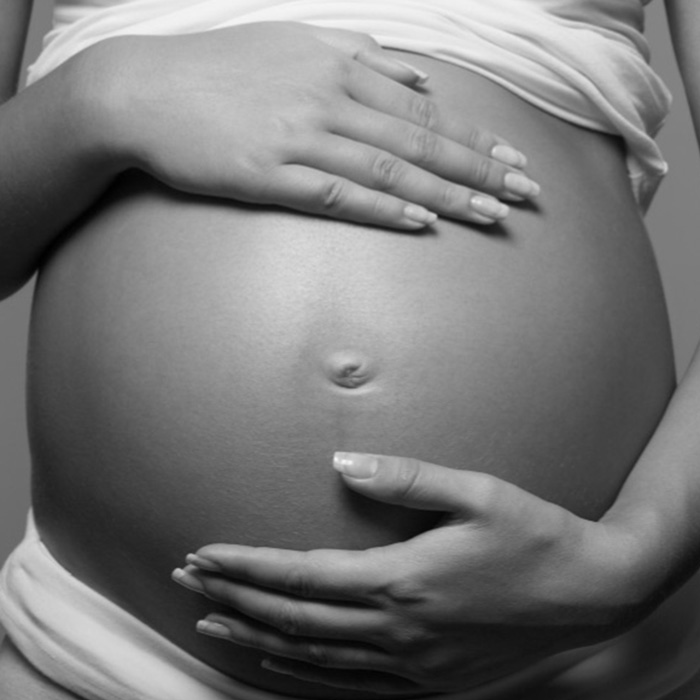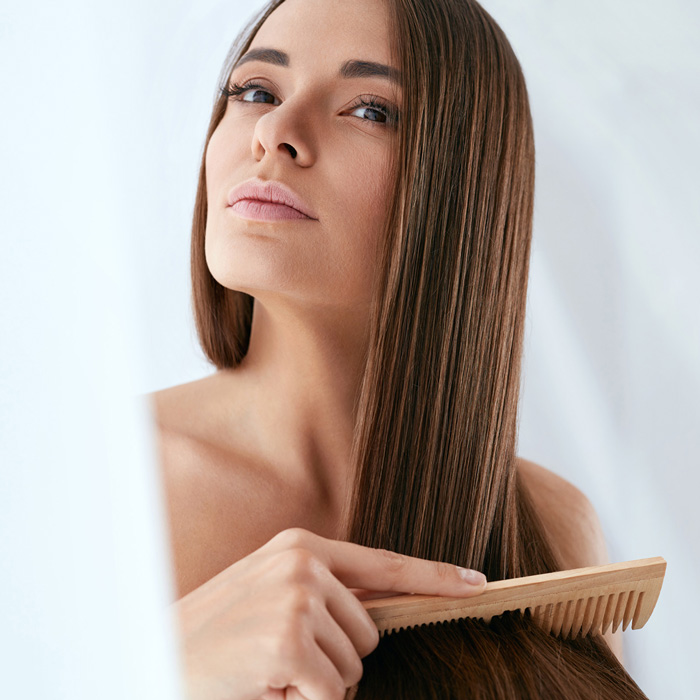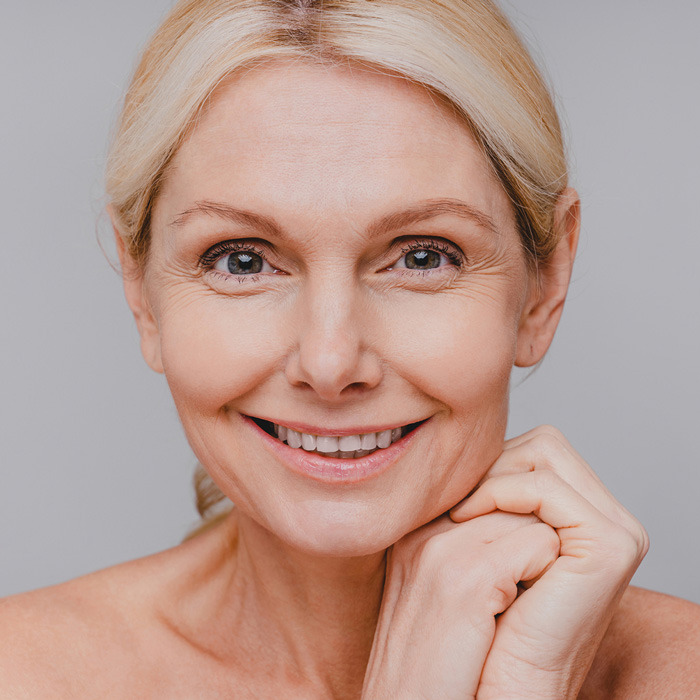Pigmentation
Harley Street Injectables are rated an average of 5 out of 5 based on 500 reviews
Pigmentation Treatment
Pigmentation is a broad skincare condition, which generally refers to light or dark irregular patches on the skin – this can occur in smaller patches or larger patches due to excessive melanin production that disperses unevenly. Pigmentation is an umbrella term that covers hyperpigmentation, melasma and age spots.


What are the symptoms?
Many forms of hyperpigmentation are caused by an excess production of melanin. Melanin is produced by melanocytes at the lower layer of the epidermis. Melanin is a class of pigment responsible for producing colour in the body in places such as the eyes, skin, and hair. As the body ages, melanocyte distribution becomes less diffused and its regulation less controlled by the body. UV light stimulates melanocyte activity, and where concentrations of the cells are denser than surrounding areas, hyper – pigmentation forms.
Melasma is a common skin condition which causes dark, discoloured patches on your skin. It’s also called chloasma, or the “mask of pregnancy,” when it occurs in pregnant women. Melasma causes patches of discoloration. The patches are darker than your usual skin colour. It typically occurs on the face and is symmetrical, with matching marks on both sides of the face. Other areas of your body that are often exposed to sun can also develop melasma. Brownish coloured patches usually appear on the: cheeks, forehead, bridge of the nose and chin. It can also occur on the neck and forearms. The skin discoloration doesn’t do any physical harm, but you may feel self-conscious about the way it looks. A visual exam of the affected area is often enough to diagnose melasma. To rule out specific causes, your practitioner might also perform some tests for the diagnosis.
Age spots are usually slightly larger than freckles but smaller than other patches of pigmentation and occur more often in those with fairer skin types. They’re also called liver spots, senile lentigo, solar lentigines, or sunspots. Despite their name, they’re not caused by ageing, but through continual sun exposure and sun damage.
Who it can affect
Hyperpigmentation has prevalence among those with Asian, Mediterranean, Latin and African heritage and darker skin tones. It’s also often seen on those who have spent excessive time in the sun, and have had prolonged UV exposure. As this damage accumulates over time, the pigmentation usually darkens or becomes more noticeable with age.

Causes
Hyperpigmentation may be caused by sun damage, inflammation, hormone, or other skin injuries, including those related to acne that induce excessive melanin production. People with darker Asian, Mediterranean or African skin tones are also more prone to hyper – pigmentation, especially if they have excess sun exposure. When the production of melanin is excessive, the pigment can spread unevenly, creating brown patches and splotches. It isn’t totally clear what causes melasma. Darker-skinned individuals are more at risk than those with fair skin. Estrogen and progesterone sensitivity are also associated with the condition. This means birth control pills, pregnancy, and hormone therapy can all trigger melasma. Stress and thyroid disease are also thought to be causes of melasma. Additionally, sun exposure can cause melasma because ultraviolet rays affect the cells
Age spots may affect people of all skin types, but they’re more common in adults with light skin. Unlike freckles, which are common in children and fade with no sun exposure, age spots don’t fade. Age spots are flat, oval areas of increased pigmentation and are usually tan to dark brown. They occur on skin that has had the most sun exposure over the years, such as the backs of hands, tops of feet, face, shoulders and upper back and range from freckle size to about 1/2 inch (13 millimeters). They can group together, making them more noticeable.
Diagnosis
One testing technique is a woods lamp examination. This is a special kind of light that’s held up to your skin. It allows your healthcare professional to check for bacterial and fungal infections and determine how many layers of skin the melasma affects.
Treatments Options
-
IPL Skin Rejuvenation from £350
-
Clear and Brilliant laser from £400
-
Obagi Nu Derm system £520
-
Cosmelan Peel £1500

Expert Tip
Your Practitioner will advise you on skincare products that can help lighten your pigmentation which will further enhance and boost your treatment. These may be prescription strength skin lightening agents such as Tretinoin or Hydroquinone. Preventative and protective measures can help to ensure your pigmentation does not get any worse. You should always use SPF 50 or higher daily, reapplying every few hours, even on a cloudy day.
Treatment Options
Some forms of pigmentation like melasma can be particularly tricky to address and treat. Fortunately, with years of experience, our expert practitioners combine the latest advancements in skin-tone-improving treatments with the use of brightening active ingredients to create a unique pigmentation programme. Our approach to treatment aims to ensure that we’ll not only treat the condition but also provide you with proactive steps to prevent the pigmentation from returning.
We also offer Obagi and Cosmelan topical skincare systems to correct hyperpigmentation and even skin tone. The Cosmelan programme contains an at-home preparation kit, followed by an in-clinic skin peel, while the Obagi system contains a range of skincare products to improve your skin tone over time. It’s a prescription-only programme, and your practitioner will help you determine the best course of treatment to improve your pigmentation, melasma or dark spots. During your consultation, we may use our advanced skin scanner to assess the quality of your skin and its conditions to tailor your treatment programme accordingly.


Etherea IPL
Through creating micro-thermal injuries, the IPL treatment resurfaces and renews the skin to lighten darker areas. Not everyone is suitable for this laser treatment, and it can depend on your skin type.
What does the treatment involve?
Your consultation will determine your suitability for treatment.
The nurse will apply a numbing cream to minimise discomfort during treatment. We will configure the depth depending on the area and concern, and the device will make a few passes over your skin, delivering bursts of energy.After the IPLtreatment, you may notice square formations with tiny pinprick dots on the skin. The nurse will apply a topical serum to minimise these marks.
How long does the treatment take?
IPL uses light energy to target a certain colour in your skin. When the skin is heated, your body gets rid of the unwanted cells, and that gets rid of the thing you’re being treated for. Unlike lasers, an IPL device sends out more than one wavelength of pulsating light.
How many treatments are required?
Most patients require 4-8 sessions. One session every 4-6 weeks depending on the severity of the skin concern.
How long does the treatment take?
Numbing cream is applied for 20 minutes, followed by the treatment, which takes approximately 30 minutes.
Laser Treatment
We use a Clear and Brilliant non ablative fractional laser to target melanin to effectively treat an array of pigmented lesions like sunspots and age spots. It’s not suitable for all skin types, so your practitioner will establish whether this is the best treatment for you.
How does the treatment work?
Clear + Brilliant®works by creating hundreds of thousands of microscopic treatment zones in the upper layers of the skin, which replaces damaged skin with healthy looking tissue and yields younger-looking skin.
What will the treatment involve?
Your consultation will determine your suitability for treatment.
The nurse will apply a numbing cream to minimise discomfort during treatment. We will configure the depth depending on the area and concern, and the device will make a few passes over your skin, delivering bursts of energy.
After the clear & brilliant treatment, you may notice some redness and swelling. The practitioner will apply a topical serum to minimise these marks.
Who is the procedure suitable for?
This treatment is only suitable for skin types 1-6.
When can results be seen?
You can expect to start seeing results within 1-3 treatments.
Is there any downtime?
Most patients will have minimal downtime, you will be red on the day of the treatment


Skin Peels
Ranging in varying strengths and chemicals, a skin peel can minimise the appearance of dark patches by sloughing off dead skin cells and resurfacing the skin. Cosmelan is a particularly effective pigmentation programme that we offer.
What does the treatment involve?
The treatment begins with a consultation where your practitioner will assess your skin to decipher your skin conditions and the best course of treatment.
Certain peels like Cosmelan or Dermamelan may require skin preparation with the use of at-home products in the lead up to your appointment. Your practitioner will prescribe a list of recommended products that will be suitable for you or provide you with the appropriate preparation kit.
If we’re treating you with a Cosmelan peel, we’ll require you to use a prepping de-pigmentation kit before your initial treatment to prepare your skin for the peel.
During your treatment, your practitioner will double cleanse and prepare the skin by applying a barrier cream around sensitive areas and remove all sebum to aid penetration of the acids.
Following this, we will apply the peel of choice and leave it on for a few minutes before neutralising or removing the peel. A neutraliser will prevent the acid from working on the skin, whereas a removal wipe will leave the acid active on the skin to continue improving the complexion following treatment.
Who is the treatment suitable for?
Chemical skin peels are suitable for anyone who is looking for overall skin rejuvenation and an improvement in skin tone and texture. Or, those who have:
- Acne
- Acne scars
- Pigmentation and sun-spots
- Mild actinic keratosis
- Moderate wrinkles or fine lines
- Rosacea
- Large or open pores
- Crepey skin
How does the treatment work?
The duration of the treatment will depend on your custom needs. Some peels may be left on for longer, depending on your needs and tolerance to treatment. Typically, it’ll take around 30 minutes.
Dermapen & PRP
At Harley Street Injectables we often combine both Dermapen and PRP together to treat pigmentation due to their healing properties and ability to improve a multitude of pigmentation issues in all skin types by improving overall skin tone and texture. Dermapen uses a small hand-held device with varying needle depths ranging from 0.5mm and 3mm that create a minor trauma to the dermal layers. The process breaks down stubborn pigmentation and triggers the formation of new collagen, making it suitable for many types of acne scarring. Additionally, platelet-rich plasma therapy improves the appearance of pigmentation by re-training the patient’s platelet-rich fibrin matrix. When your Practitioner re-injects the platelet-rich plasma, back into the skin, it encourages wound healing and promotes the growth of new collagen.
What does the treatment involve?
The Dermapen treatment usually begins with the application of a topical numbing cream. Using a hand-held pen-like device, the Practitioner will then make several passes over the entire face.
How does the treatment work?
The collagen inducing Dermapen creates virtually invisible micro-injuries in the skin that ignite the body’s healing and regenerative processes. This influx of collagen, elastin and release of growth factors results in an overall improvement in the skin’s smoothness, suppleness, and strength.
Additionally, the micro-channels allow for optimal absorption of active ingredients to enhance their results and increase their efficacy.
Is there any downtime?
Immediately after the treatment, you may notice tiny pinpricks of blood. The Practitioner will usually pat the face down after which point; the skin will no longer draw blood.
Your skin may be red for up to 24 hours and will gradually resolve throughout the following week. It may also feel a little rough, warm and dry for the first couple of days after your treatment and may begin to flake.
How many treatments are required?
We recommend 6 treatment sessions. Every four weeks.


Cyropen
Cryopen is an ideal solution for the removal of skin lesions and imperfections such as; Skin Tags, Milia, Cherry Angiomas, Age Spots, Warts and Verrucas in a fast, painless fashion. Flawless skin can be chieved in seconds with minimal invasion and without the need for injections. Cosmetic procedures such as skin tags, millia and cherry angiomas are no longer treatable as a standard NHS procedure, however the need for it is still necessary. Cryopen is a quick and easy solution to these common skin conditions without the need for anaesthesia or injections. Cryopen is virtually pain free and without the need for injections, it’s even suitable for children. Anyone who suffers with skin imperfections can be considered as a candidate for this procedure, however it is good practice to always discuss with a trained professional prior to the treatment.
What happens during the procedure?
Performed with a tiny applicator, it is held to the skin imperfection and then liquid nitrogen is sprayed onto the unhealthy tissue. Dependant on the size of the tissue, it can take between 1-30 seconds. The skin is then allowed to thaw, and return to its natural colour. The process can be repeated on the same area, depending on the severity.
Are there any side effects?
This procedure is non-invasive and considered low risk. The risk of side effects are very rare but a few that could be noticed are:
Temporary pigmentary changes in the treatment site.
Temporary loss of sensation
Blister in the treatment area
How long does it take to heal?
The procedure isn’t painful and the process of healing following is no different. It usually takes 1-6 weeks depending on the size of the treatment area. Lesions usually assume a darker colour as the skin regenerates underneath it will slough or flake away.
Harley Street Injectables are rated an average
of 5 out of 5 based on 500 reviews
We’d love your feedback! Please leave a review on our Trustpilot


























 Book Now
Book Now